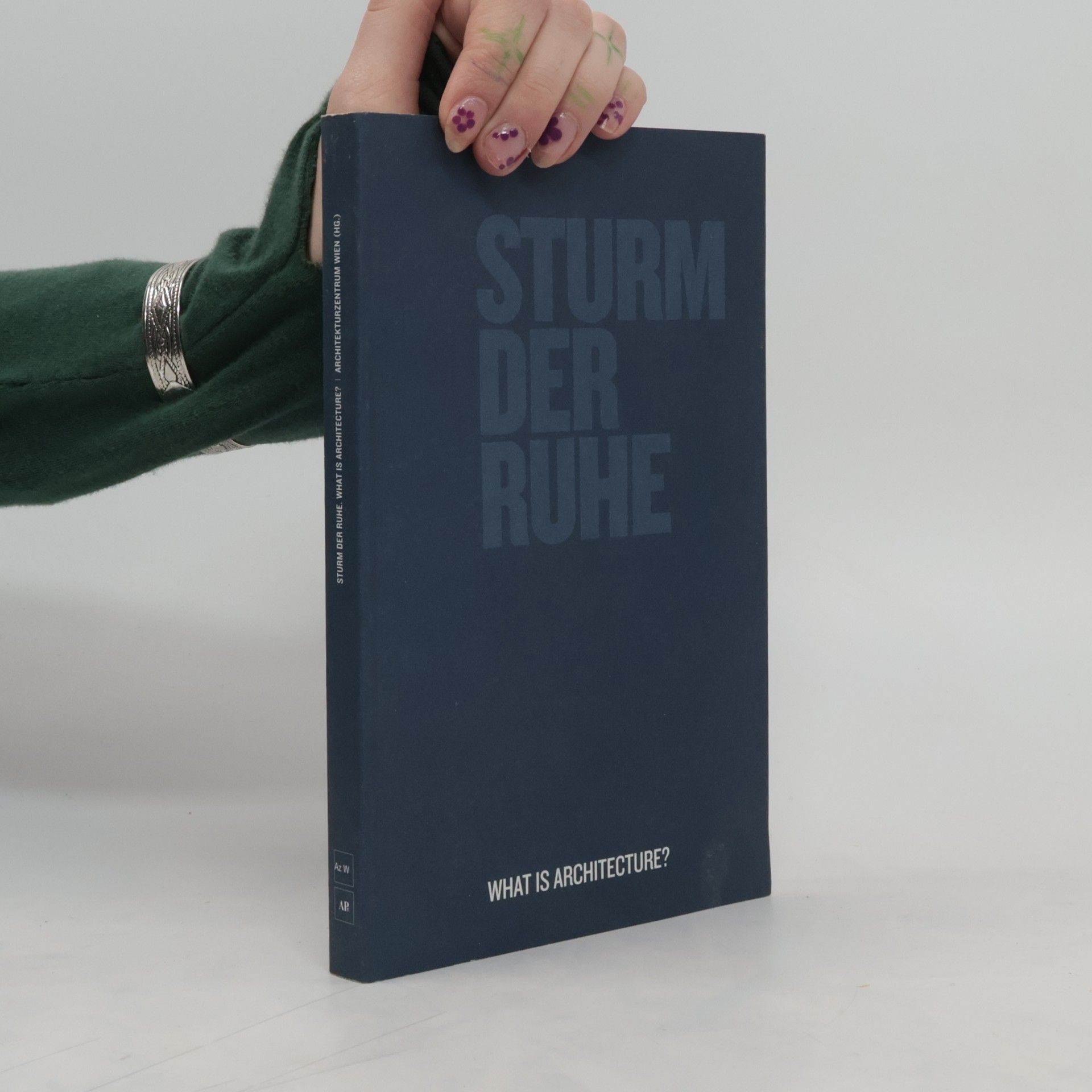Johannes Porsch Book order


- 2006
- 2001
Space of language / Casing for pictures / Impression / Feeling / Physical presence / Euphoria / Cultural values / Social relations / Convention of norms / Images / Memories / Spatial and temporal form of senastion / Dialectical experience of distance and closeness